Home>diy>Building & Construction>What Is A Specification In Construction
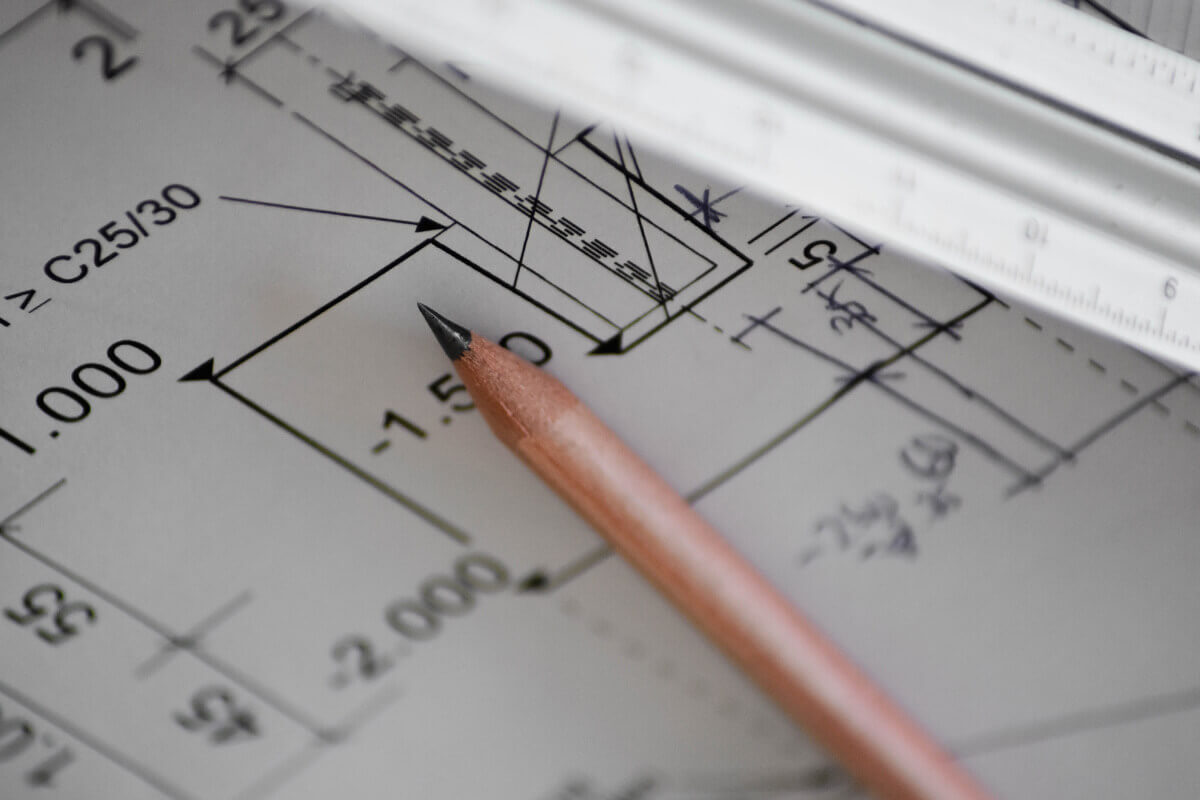

Building & Construction
What Is A Specification In Construction
Modified: January 24, 2024
Learn about the importance of specifications in building construction and how they ensure quality and compliance. Explore the crucial role of specifications in achieving project success.
(Many of the links in this article redirect to a specific reviewed product. Your purchase of these products through affiliate links helps to generate commission for Storables.com, at no extra cost. Learn more)
Introduction
Welcome to the world of construction, where buildings rise, roads are paved, and infrastructure takes shape. Behind every successful construction project lies a meticulous plan that guides builders and contractors in achieving their goals. One crucial aspect of this plan is the construction specification, a document that outlines the technical requirements, materials, methods, and quality standards for a project.
In the construction industry, specifications serve as a blueprint for success. These comprehensive documents provide clarity and consistency, ensuring that everyone involved in the project understands the expectations and requirements. Specifications play a vital role in ensuring the integrity, safety, and functionality of the built environment.
In this article, we will delve into the world of construction specifications, exploring their definition, importance, components, types, and the key considerations in writing them. We will also discuss the benefits of using specifications in construction projects, as well as the challenges that may arise in their implementation.
So, whether you’re a construction professional, a project manager, or simply curious about the intricacies of the construction process, read on to discover the ins and outs of construction specifications and why they are crucial in the world of building construction.
Key Takeaways:
- Construction specifications are crucial in providing clarity, consistency, and quality assurance for successful construction projects. They serve as a blueprint, outlining technical requirements, materials, methods, and performance standards.
- Despite challenges such as scope changes and technological advancements, proactive management and effective communication can ensure the successful implementation of construction specifications. They provide a roadmap for builders, reduce risks, and enhance customer satisfaction.
Read more: What Is Pre-Construction In Construction
Definition of Specification
In the realm of construction, a specification can be defined as a detailed, written description of the requirements, materials, methods, and performance standards that must be adhered to during the construction process. It is a document that provides a clear and concise set of instructions to contractors, subcontractors, suppliers, and other parties involved in the project.
Specifications serve as a communication tool between the project owner or client and the construction professionals. They outline the specific details and expectations for the project, including the quality standards, materials to be used, testing procedures, and installation methods. By providing this level of specificity, specifications help ensure that the project is executed accurately and in accordance with the desired outcome.
Construction specifications typically cover various aspects of the project, including architectural, structural, mechanical, electrical, and plumbing requirements. Each aspect may have its own set of specifications that address the unique considerations and standards associated with it.
Moreover, specifications can also address factors such as sustainability, energy efficiency, and compliance with local building codes and regulations. They play a crucial role in achieving the desired level of performance, durability, and functionality of a constructed facility.
Overall, the purpose of a construction specification is to provide a clear and comprehensive written document that details the necessary requirements and standards for a construction project. It serves as a roadmap for all parties involved, ensuring that there is a shared understanding of what needs to be accomplished and how it should be done.
Importance of Specifications in Construction
Specifications play a vital role in the construction industry, serving as a crucial tool for success. Here are some of the key reasons why specifications are important in construction:
- Clarity and Consistency: Specifications provide a clear and concise set of instructions, ensuring that all parties involved in the project have a shared understanding of the requirements. They eliminate ambiguity and confusion, promoting consistency in the construction process.
- Quality Assurance: Specifications outline the quality standards and performance requirements for the project. They help ensure that the materials used, methods employed, and workmanship meet the desired level of quality. By adhering to specifications, constructors can deliver high-quality results that satisfy the project owner’s expectations.
- Cost Control: Specifications help control costs by identifying the specific materials, products, and methods to be used in the construction process. This prevents unnecessary expenses and ensures that the project remains within budget.
- Compliance with Regulations: Construction specifications incorporate the necessary regulations and building codes that must be followed. They ensure that the project meets legal and safety requirements, reducing the risk of non-compliance and potential penalties.
- Efficient Communication: Specifications serve as a communication tool between the project owner, architects, engineers, and contractors. They provide a common language and set of expectations, facilitating effective communication and collaboration throughout the construction process.
- Conflict Resolution: In case of disputes or conflicts during the construction project, specifications can serve as a reference point to resolve issues. They provide a clear benchmark against which the work can be evaluated, helping to minimize disagreements and ensure a smooth resolution.
Without specifications, construction projects would lack the necessary guidance and standards required for successful completion. They bring clarity, quality assurance, cost control, compliance with regulations, efficient communication, and conflict resolution to the construction process, ultimately contributing to the overall success and satisfaction of the project stakeholders.
Components of a Construction Specification
A construction specification is comprised of various components that collectively provide a comprehensive guide for the construction project. These components ensure that all necessary details are included and communicated effectively. Let’s explore the key components that make up a construction specification:
- Title and General Information: This section includes the project title, project number, and any other relevant general information that sets the context for the specification.
- Scope of Work: The scope of work defines the extent and boundaries of the project. It outlines what is included and excluded, providing a clear understanding of the project’s deliverables and objectives.
- Drawings and Diagrams: Specifications often reference drawings and diagrams that illustrate the project’s design and layout. These serve as visual aids to complement the written instructions, ensuring a complete understanding of the intended outcome.
- Materials and Products: This component specifies the types and grades of materials and products to be used in the construction process. It includes details such as brand names, manufacturer’s information, and references to applicable standards.
- Installation and Construction Techniques: This section outlines the specific methods, procedures, and techniques to be employed during the installation and construction process. It provides step-by-step instructions to ensure that the work is carried out correctly and safely.
- Quality Standards and Testing: Specifications define the quality standards that must be met during construction, including the required testing and inspection procedures. This component ensures that the project meets the desired level of performance and durability.
- Performance Requirements: Performance requirements outline the expected performance characteristics of the completed construction. This can include factors such as load capacity, energy efficiency, acoustic properties, and more.
- Contractual and Legal Requirements: Specifications also incorporate contractual and legal requirements, including compliance with building codes, regulations, permits, and licenses. These ensure that the project meets all necessary legal obligations.
- Reference Documents: This component includes a list of reference documents, such as industry standards, codes, regulations, and manufacturer’s data. These documents provide additional information and guidance for the construction process.
By including these components in a construction specification, all the necessary details, requirements, and standards are clearly communicated. This helps prevent misunderstandings, ensures consistency, and promotes the successful execution of the construction project.
Types of Construction Specifications
In the world of construction, there are different types of specifications that are used to address various aspects of a project. These types of specifications cater to the unique requirements and considerations of different construction disciplines. Let’s explore some of the common types of construction specifications:
- Architectural Specifications: Architectural specifications focus on the aesthetic and functional aspects of a construction project. They include details on finishes, colors, textures, and architectural features. These specifications ensure that the design intent is captured and implemented during construction.
- Structural Specifications: Structural specifications pertain to the design and construction of the building’s structural framework. They include details on materials, such as concrete, steel, or timber, as well as design calculations, reinforcement requirements, and related guidelines.
- Mechanical Specifications: Mechanical specifications encompass the mechanical systems within a building, such as heating, ventilation, and air conditioning (HVAC), plumbing, fire protection, and electrical systems. These specifications provide directions for equipment selection, installation requirements, and performance standards.
- Electrical Specifications: Electrical specifications focus specifically on the electrical systems and components of a building. They include details on wiring, power distribution, lighting fixtures, controls, and safety considerations. These specifications ensure compliance with electrical codes and standards.
- Plumbing Specifications: Plumbing specifications address the plumbing systems of a building, including water supply, drainage, and sanitary fixtures. They provide guidelines for pipe materials, installation methods, fixture selection, and testing procedures.
- Finishes Specifications: Finishes specifications cover the interior and exterior finishes of a construction project. They include details on wall finishes, flooring materials, ceiling treatments, paint colors, and other aesthetic elements.
- Environmental Specifications: Environmental specifications focus on sustainability and eco-friendly practices. They may address factors such as energy efficiency, water conservation, waste management, and the use of environmentally friendly materials.
- Performance Specifications: Performance specifications focus on the desired outcome and functionality of a construction project. Rather than prescribing specific materials or methods, they specify the performance requirements that must be met. This allows for flexibility in achieving the desired result.
It is important to note that these types of specifications are often interconnected, and a construction project may require a combination of different specifications depending on its complexity. By employing the appropriate types of specifications, construction professionals can ensure that every aspect of the project is given the attention and detail it requires.
A construction specification is a detailed description of the materials, standards, and workmanship required for a construction project. It helps ensure that all parties involved understand the project requirements and can deliver the expected results.
Read more: What Is Construction
Key Considerations in Writing Construction Specifications
Writing construction specifications requires careful thought and attention to detail. Here are some key considerations to keep in mind when crafting effective and comprehensive construction specifications:
- Clarity and Conciseness: Specifications should be clear, concise, and free from ambiguity. Use simple and straightforward language that is easily understandable by all parties involved in the project.
- Accuracy and Completeness: Ensure that the specifications accurately capture all the necessary details and requirements of the project. Leaving out important information can lead to confusion and potential errors during construction.
- Consistency and Uniformity: Maintain consistency and uniformity within the specifications to promote seamless understanding and implementation. Use standardized format, terminology, and structure to ensure clarity and ease of reference.
- Compliance with Codes and Regulations: Ensure that the specifications comply with local building codes, regulations, and industry standards. This helps to ensure safety, legality, and compliance throughout the construction process.
- Realistic and Feasible: Specifications should be realistic and aligned with available resources, materials, and technologies. Avoid setting unattainable goals or specifications that are beyond the project’s capabilities.
- Flexibility and Adaptability: Allow for flexibility in the specifications to accommodate unforeseen circumstances or changes during the construction process. This helps to ensure that the project can adapt to necessary modifications without compromising the overall quality and goals.
- Collaboration and Communication: Engage in open and collaborative communication with all stakeholders to gather input and ensure that their needs and expectations are integrated into the specifications. This fosters a sense of ownership and shared responsibility for the successful execution of the project.
- Continuous Review and Updates: Regularly review and update the specifications as the project progresses to reflect any changes, additions, or modifications. This helps to maintain accuracy, relevance, and alignment with the evolving needs of the construction project.
By considering these key factors when writing construction specifications, you can create a comprehensive and effective document that lays the foundation for a successful construction project. Properly written specifications help to minimize misunderstandings, prevent costly errors, and ensure that the project is completed to the desired standards and quality.
Benefits of Using Specifications in Construction Projects
Utilizing specifications in construction projects brings numerous benefits that contribute to the overall success and quality of the built environment. Here are some key advantages of using specifications:
- Clarity and Consistency: Specifications provide clear and concise instructions, ensuring that all parties involved have a shared understanding of the project requirements. They eliminate ambiguities and discrepancies, promoting consistency and uniformity in the construction process.
- Quality Assurance: Specifications outline the desired quality standards and performance requirements for the project. By adhering to these specifications, contractors and builders can ensure that the materials used, workmanship, and installation methods meet the expected level of quality.
- Cost Control: Specifications help control costs by specifying the materials, products, and methods to be used in the construction process. This prevents unnecessary expenses and ensures that the project remains within budget.
- Increased Efficiency: Specifications streamline the construction process by providing a clear roadmap for execution. They eliminate guesswork and facilitate smoother workflow, enabling construction teams to work more efficiently and complete projects in a timely manner.
- Compliance with Regulations: Construction specifications incorporate the necessary legal and regulatory requirements, ensuring compliance with building codes, safety standards, and environmental regulations. This reduces the risk of non-compliance and potential legal issues.
- Effective Communication: Specifications serve as a communication tool between project owners, architects, engineers, suppliers, contractors, and subcontractors. They establish a common understanding of the project requirements, facilitating effective communication and collaboration throughout the construction process.
- Higher Customer Satisfaction: By adhering to specifications, construction projects are more likely to meet the client’s expectations and requirements. This leads to higher customer satisfaction and enhances the reputation of construction professionals.
- Risk Mitigation: Specifications help mitigate the risk of errors, omissions, and misunderstandings during construction. They establish clear guidelines and standards, minimizing the potential for costly rework, delays, and disputes.
- Documentation and Accountability: Specifications provide a documented record of the project requirements, serving as a reference point for future maintenance, renovations, or repairs. They also establish accountability among all parties involved in the construction project.
In summary, the use of specifications in construction projects brings numerous benefits, ranging from ensuring clarity and consistency to controlling costs, increasing efficiency, and mitigating risks. By incorporating specifications into the construction process, professionals can achieve higher quality outcomes, foster effective communication, and ultimately deliver successful projects that meet or exceed client expectations.
Challenges in Implementing Construction Specifications
While there are many benefits to using specifications in construction projects, there are also several challenges that can arise during their implementation. Being aware of these challenges allows construction professionals to proactively address them and ensure a smoother execution of the project. Here are some common challenges in implementing construction specifications:
- Scope Changes: Construction projects are prone to changes, such as modifications in design, materials, or project requirements. Such scope changes can pose challenges in implementing specifications as they may require revisions or updates to the existing document.
- Technological Advancements: The construction industry is continuously evolving, with new materials, technologies, and construction methods emerging. Keeping up with these advancements and incorporating them into specifications can be a challenge, especially when they are not widely known or tested.
- Interpretation and Understanding: Specifications can sometimes be complex and technical, leading to challenges in their interpretation and understanding. Different stakeholders may have varying interpretations, which can result in conflicts or confusion during the construction process.
- Availability of Materials and Products: Specifications may call for specific materials or products that may not be readily available in the market. This can lead to delays or compromises in the construction process as alternative options need to be sought.
- Contractor & Subcontractor Compliance: Ensuring that all contractors and subcontractors involved in the project adhere to the specifications can be a challenge. It requires effective communication, oversight, and enforcement of the specified requirements throughout the construction process.
- Budget Constraints: Specifications that include high-end or specialized materials and construction techniques can increase project costs. This may pose challenges in adhering to the budget and may require negotiation or compromise to find alternative solutions.
- Coordination and Collaboration: Implementing specifications requires coordination and collaboration among various stakeholders, including architects, engineers, contractors, and subcontractors. Achieving seamless collaboration can be challenging, especially when there are differing perspectives or conflicting interests.
- Time Constraints: Construction projects often operate under tight schedules and deadlines. Implementing specifications within these constraints can be challenging, especially when revisions or modifications are required.
- Documentation and Change Management: Keeping track of document revisions, change orders, and updates to specifications can be a challenge, particularly in complex projects. Proper change management processes must be in place to ensure accurate and up-to-date specifications throughout the construction process.
Despite these challenges, construction professionals can overcome them with proper planning, effective communication, and proactive management. By actively addressing and managing these challenges, the construction industry can continue to reap the benefits of utilizing specifications in construction projects.
Conclusion
Construction specifications play a pivotal role in the success of construction projects. They provide clarity, consistency, and guidance for all parties involved, ensuring that the project is executed with precision and meets the desired quality standards. Specifications serve as a blueprint, outlining the technical requirements, materials, methods, and performance standards that must be followed during the construction process.
Throughout this article, we have explored the definition, importance, components, types, and key considerations in writing construction specifications. We have also discussed the benefits of using specifications in construction projects, including clarity and consistency, quality assurance, cost control, compliance with regulations, efficient communication, and conflict resolution. However, we must not overlook the challenges that may arise in implementing specifications, such as scope changes, technological advancements, interpretation issues, and coordination challenges.
Despite these challenges, construction professionals can overcome them through proactive management, effective communication, and collaboration. By addressing these challenges head-on, construction projects can proceed smoothly and successfully.
In conclusion, specifications are a crucial tool in the construction industry, providing a roadmap for builders, contractors, and other stakeholders. They ensure that projects are completed to the desired standards, meet legal and regulatory requirements, and fulfill client expectations. By utilizing specifications, construction professionals can achieve higher quality outcomes, reduce risks, and enhance customer satisfaction. Going forward, it is essential for the construction industry to continually adapt and refine the use of specifications to address evolving needs, technological advancements, and sustainability considerations, ensuring that construction projects are successful, efficient, and built to last.
Frequently Asked Questions about What Is A Specification In Construction
Was this page helpful?
At Storables.com, we guarantee accurate and reliable information. Our content, validated by Expert Board Contributors, is crafted following stringent Editorial Policies. We're committed to providing you with well-researched, expert-backed insights for all your informational needs.


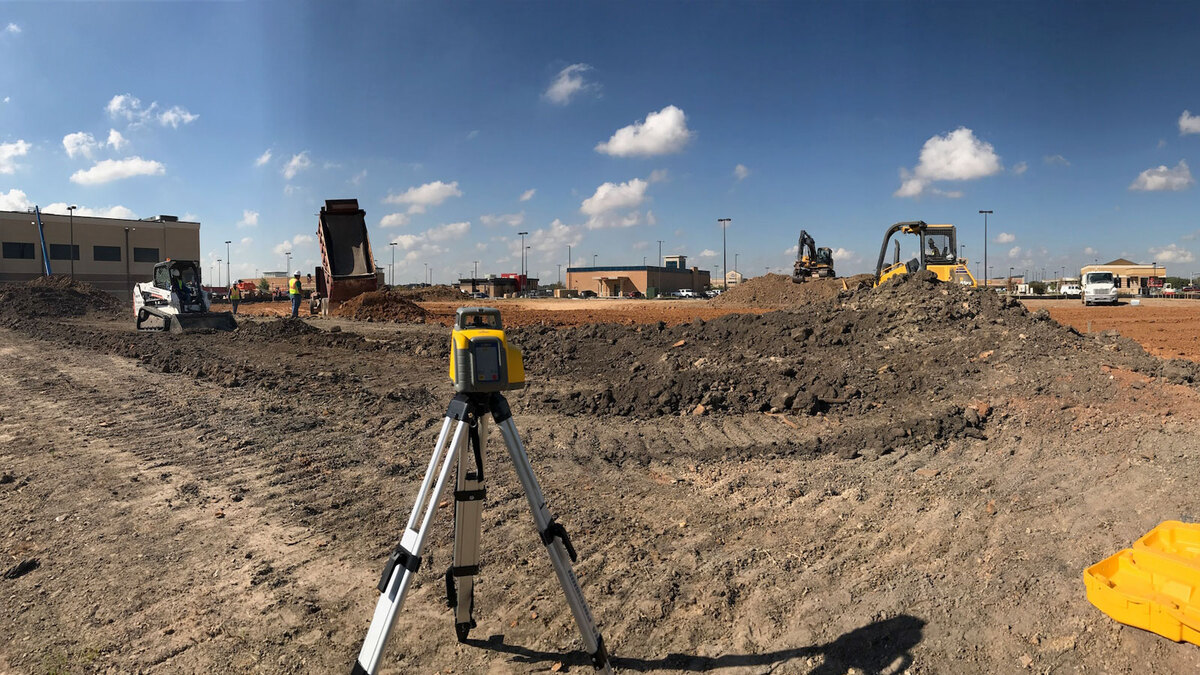


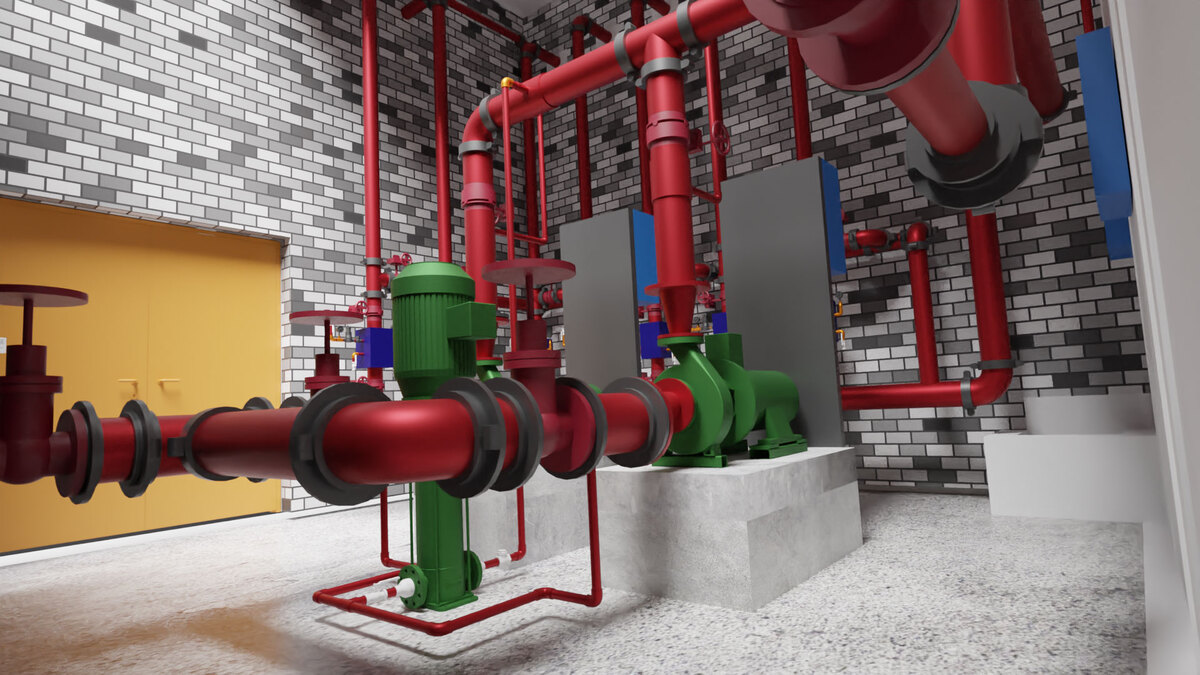




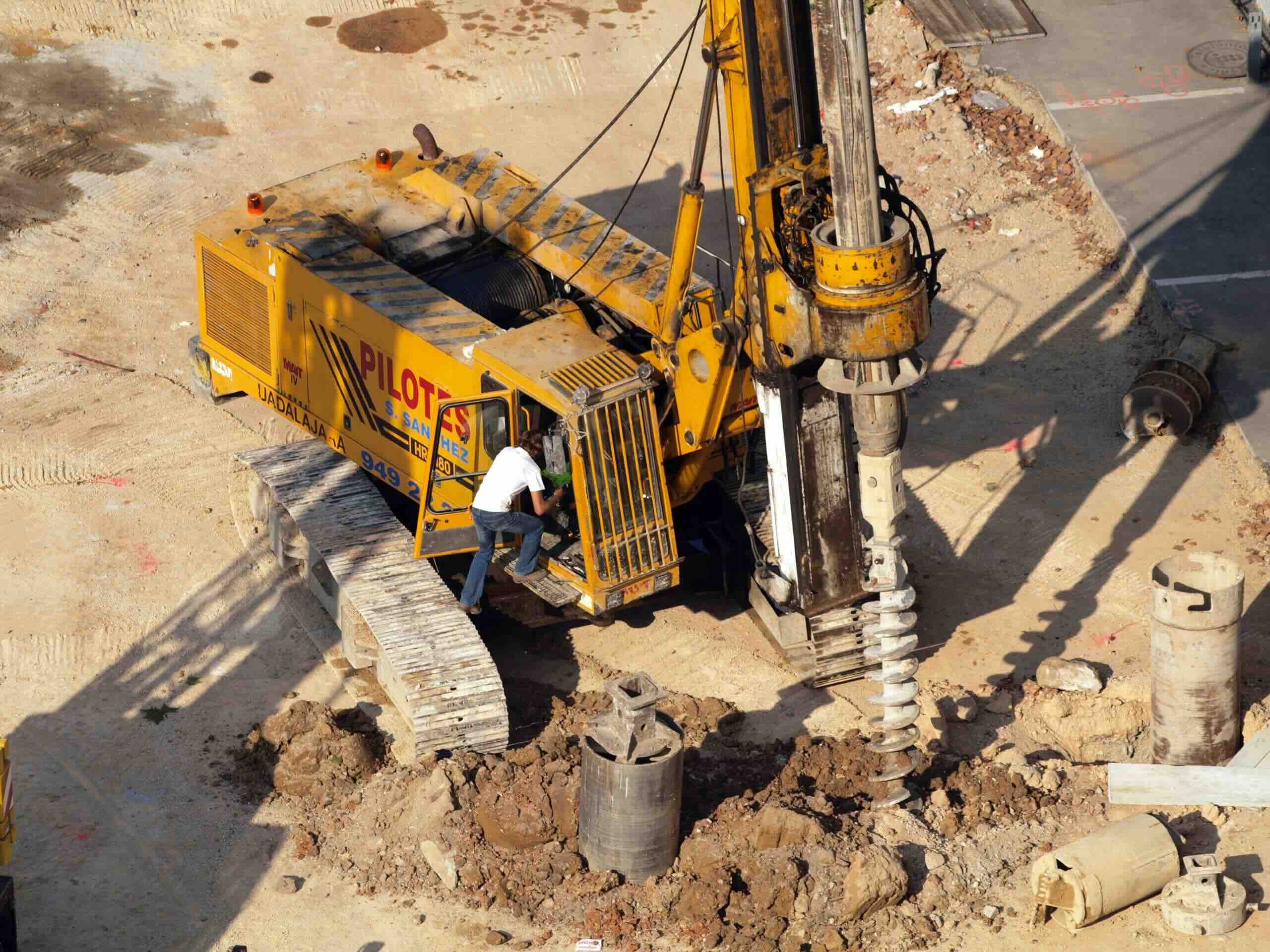
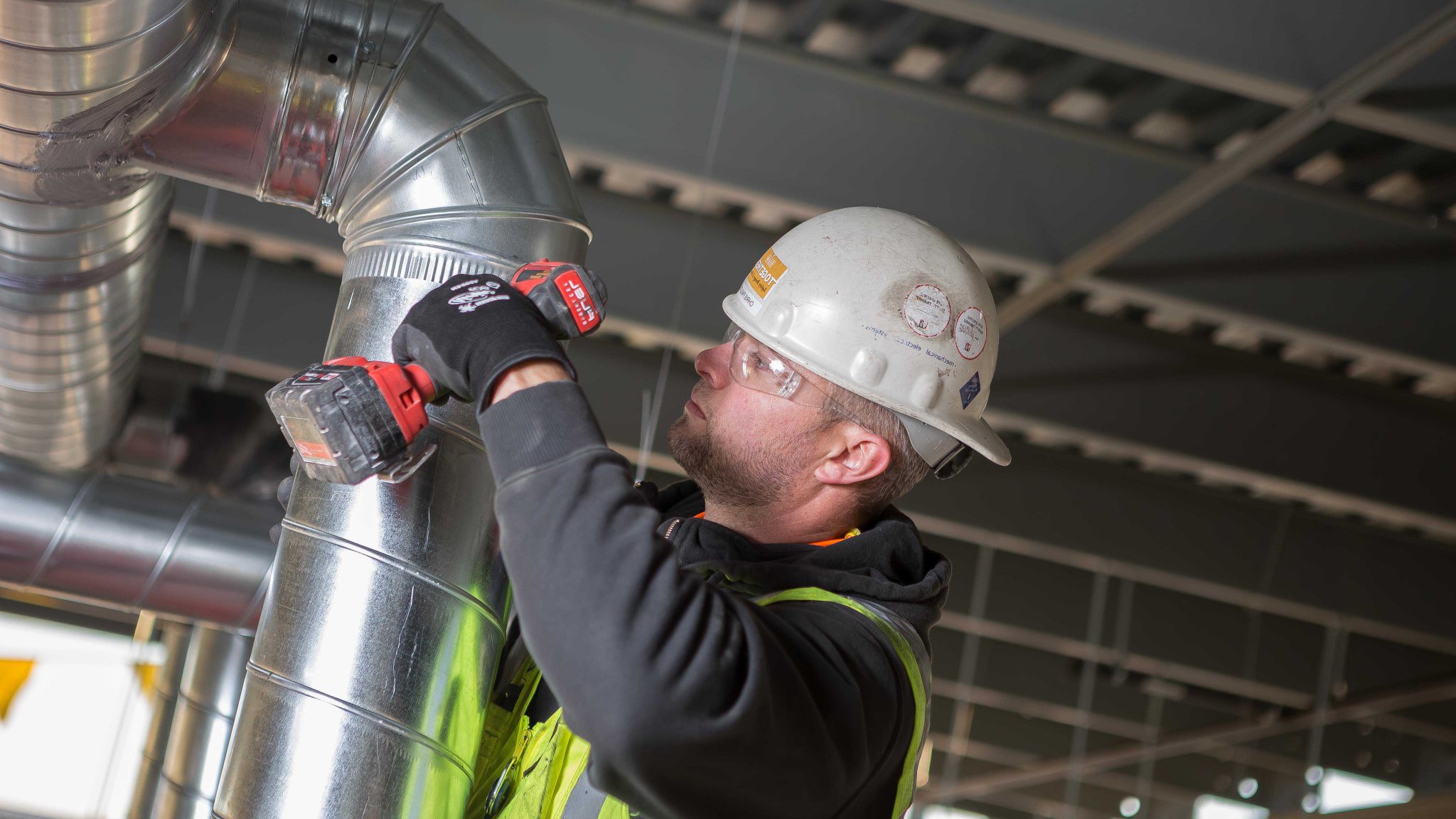



0 thoughts on “What Is A Specification In Construction”